Hardwood vs Softwood: What’s the Difference?
- August 21, 2024
- 0 comment
When it comes to selecting wood for a project, one of the most important decisions you’ll face is whether to use hardwood or softwood. The choice between Hardwood vs. Softwood is crucial, as these two broad categories of wood serve as the backbone of countless applications, from crafting elegant furniture to building sturdy homes. However, the terms “hardwood” and “softwood” are often misunderstood, leading to confusion about their true characteristics and best uses.
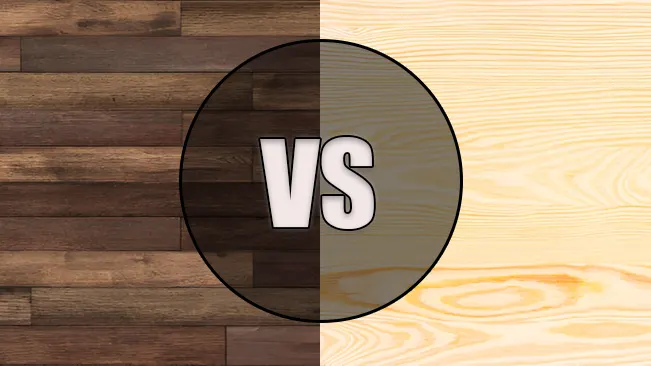
It’s easy to assume that hardwoods are always harder and more durable, while softwoods are less robust, but the reality is more nuanced. Understanding the distinctions between hardwood and softwood involves more than just looking at their physical properties. The type of tree they come from, their growth patterns, and even their environmental impact all play significant roles in determining their suitability for various tasks.
Whether you’re planning a DIY project at home or working on a large-scale construction endeavor, knowing the key differences between these types of wood will help you make informed decisions that align with your goals, budget, and sustainability considerations. Let’s explore the characteristics, uses, and benefits of hardwood vs softwood to better understand what sets them apart.
Table of Contents:
- Hardwood vs Softwood: What Are Hardwoods?
- Hardwood vs Softwood: What Are Softwoods?
- Key Differences Between Hardwood and Softwood
- Common Uses of Hardwood
- Common Uses of Softwood
- Choosing the Right Wood for Your Project
- Environmental Considerations
- Conclusion
- Frequently Asked Questions
Hardwood vs Softwood: What Are Hardwoods?
Hardwoods come from trees that produce seeds with some sort of covering, like nuts or fruits. These trees are usually deciduous, meaning they lose their leaves annually. Some common examples of hardwood trees include oak, maple, cherry, walnut, mahogany, and teak.
One of the defining characteristics of hardwood is its dense structure. This density often makes hardwoods heavier and more durable than softwoods. The tight grain patterns in hardwoods also give them a beautiful, intricate appearance, which is why they are often used in furniture making, flooring, and other decorative applications.
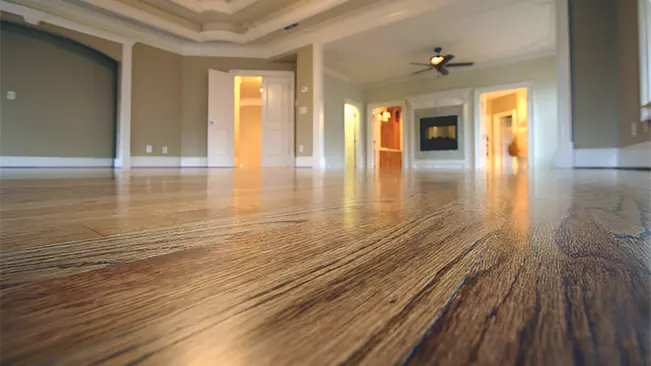
When it comes to flooring, hardwoods are particularly prized for their durability and aesthetic appeal. Hardwood flooring can withstand heavy foot traffic, making it ideal for high-use areas like living rooms, kitchens, and hallways. The natural grain patterns and color variations in hardwoods like oak and maple provide a timeless and elegant look that enhances the overall design of any room. Additionally, hardwood flooring can be refinished multiple times, allowing homeowners to maintain its appearance over the years or even change its color with a new stain.
Popular Examples of Hardwood:
- Oak: Known for its strength and distinctive grain, oak is a popular choice for furniture and flooring.
- Maple: A hard, dense wood that is often used in cabinetry and kitchenware.
- Walnut: Valued for its rich, dark color and used in high-end furniture.
- Teak: Resistant to rot and moisture, teak is ideal for outdoor furniture.
Pros and Cons of Hardwood
Pros
- Durability: Hardwoods are incredibly durable and resistant to wear and tear, making them ideal for high-traffic areas and furniture that will see a lot of use.
- Aesthetic Appeal: The rich, intricate grain patterns of hardwoods add a touch of elegance and sophistication to any project.
- Longevity: When properly maintained, hardwood products can last for decades, if not centuries.
- High-Quality Finish: Hardwoods take stains and finishes well, allowing for a high-quality, polished appearance.
Cons
- Cost: Hardwoods are generally more expensive due to their slow growth rates and the difficulty in harvesting them.
- Workability: The dense structure of hardwoods makes them more challenging to cut, shape, and work with, requiring specialized tools and skills.
- Weight: Hardwoods are typically heavier, which can make them harder to transport and handle during construction.
Hardwood vs Softwood: What Are Softwoods?
Softwoods, on the other hand, come from trees that produce seeds without a covering, such as cones. These trees are usually coniferous, meaning they have needles instead of leaves and are often evergreen, keeping their foliage throughout the year. Common examples of softwood trees include pine, spruce, cedar, and fir.
Despite the name, not all softwoods are necessarily soft. The term “softwood” refers to the botanical characteristics of the tree, not its actual hardness. In fact, some softwoods, like Douglas fir, can be quite hard and durable. Softwoods tend to have a looser grain pattern, which gives them a smoother, more uniform appearance.

When it comes to making doors, particularly locked doors, softwoods are a popular choice due to their workability and cost-effectiveness. Softwood doors are typically lighter than their hardwood counterparts, making them easier to install and handle. Additionally, softwoods like pine and fir can be treated or finished to enhance their durability and appearance, making them suitable for both interior and exterior doors.
Popular Examples of Softwood:
- Pine: A versatile and widely used wood, ideal for construction and furniture.
- Cedar: Known for its pleasant aroma and resistance to decay, often used in closets and chests.
- Spruce: Commonly used in construction, especially for framing and paneling.
- Fir: Strong and durable, commonly used in building and construction.
Pros and Cons of Softwood
Pros
- Affordability: Softwoods are generally less expensive than hardwoods, making them a cost-effective choice for large-scale projects.
- Ease of Use: Softwoods are easier to cut, shape, and work with, which makes them ideal for construction and DIY projects.
- Availability: Softwoods grow faster and are more readily available, ensuring a steady supply for various applications.
- Lightweight: Softwoods are generally lighter, making them easier to transport and handle during building projects.
Cons
- Durability: Softwoods are generally less durable than hardwoods and can be more susceptible to dents, scratches, and wear.
- Maintenance: Softwoods often require more maintenance, such as regular sealing and treatment, especially when used in outdoor applications.
- Less Aesthetic Variety: The grain patterns in softwoods are often simpler and less varied than those in hardwoods, which can limit their aesthetic appeal.
Key Differences Between Hardwood and Softwood
To further clarify the distinctions between hardwood and softwood, the table below provides a detailed comparison:
| Category | Hardwood | Softwood |
|---|---|---|
| Tree Type | Deciduous (loses leaves annually) | Coniferous (usually evergreen with needles) |
| Seed Structure | Seeds with a covering (nuts or fruits) | Seeds without a covering (cones) |
| Density | Generally denser, heavier | Generally lighter, less dense |
| Grain Pattern | Tight, complex grain patterns | Looser, simpler grain patterns |
| Durability | High durability, often more resistant to wear | Varies; some are durable, but generally less so than hardwood |
| Cost | Typically more expensive due to slow growth and density | Usually less expensive, faster-growing trees |
| Workability | More challenging to work with, but results in finer finishes | Easier to cut and shape, suitable for large-scale projects |
| Common Uses | High-quality furniture, flooring, musical instruments | Construction, paper production, outdoor decking |
| Popular Examples | Oak, Maple, Walnut, Teak | Pine, Cedar, Spruce, Fir |
| Environmental Impact | Often sourced from slower-growing trees; sustainability is key | Faster-growing, more easily replenished; generally more sustainable |
Common Uses of Hardwood
Hardwood is prized for its strength, beauty, and durability. It is often used in high-quality furniture, such as dining tables, dressers, and cabinets. Hardwood flooring is another popular application due to its ability to withstand heavy foot traffic while still maintaining its appearance over time. Some hardwoods, like teak and mahogany, are also used in outdoor furniture because of their natural resistance to rot and insects.
Specific Applications:
- Furniture: Hardwood’s durability and aesthetic appeal make it perfect for high-end furniture like tables, chairs, and cabinets.
- Flooring: The density of hardwood makes it resistant to wear, making it an ideal choice for flooring in high-traffic areas.
- Musical Instruments: The rich tone of hardwoods like mahogany and maple makes them ideal for guitars, violins, and pianos.
Common Uses of Softwood
Softwood is widely used in construction due to its availability, ease of workability, and cost-effectiveness. It is the primary material for framing houses, making plywood, and producing paper. Softwoods like cedar and redwood are also popular for outdoor projects such as decking and fencing because they are naturally resistant to decay and insects.
Specific Applications:
- Construction: Softwood is the backbone of the construction industry, used for everything from framing to roofing.
- Paper Production: The cellulose fibers in softwoods make them ideal for producing paper.
- Outdoor Furniture: Softwoods like cedar and redwood, which resist decay, are often used for outdoor furniture and structures.
Choosing the Right Wood for Your Project
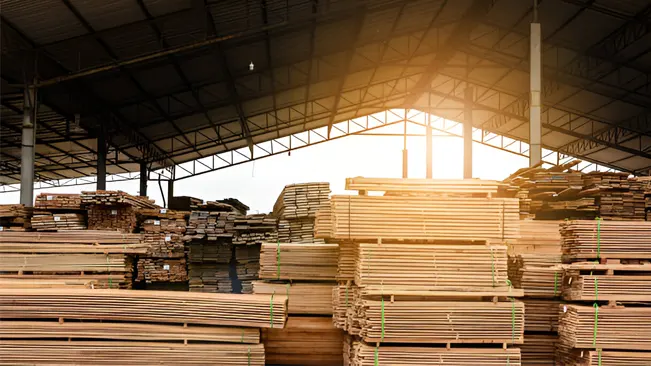
The choice between hardwood vs softwood depends largely on the project at hand. For furniture, flooring, or any project where aesthetics and longevity are important, hardwood is often the best choice. Its durability and rich appearance make it ideal for items that will see heavy use and need to last a long time.
For construction projects, outdoor structures, or any application where cost, ease of use, and availability are important, softwood is usually the way to go. Its versatility and lower cost make it a practical choice for everything from house framing to making paper.
Environmental Considerations
Another factor to consider when choosing between hardwood and softwood is environmental impact. Hardwoods take longer to grow and are often harvested from old-growth forests, which can have significant ecological consequences. However, many hardwoods are now sourced from sustainably managed forests, where new trees are planted to replace those that are cut down.
Softwoods, because they grow faster, can be more easily managed and replenished, making them a more sustainable option in some cases. Additionally, the forestry industry is increasingly adopting sustainable practices for both hardwood and softwood, ensuring that forests are preserved for future generations.
Conclusion
Understanding the differences between hardwood vs softwood is crucial for any woodworking or construction project. Both types of wood have their own unique properties and are suited for different applications. Hardwoods offer beauty, strength, and durability, making them ideal for high-quality furniture and flooring. Softwoods, on the other hand, provide versatility, ease of use, and cost-effectiveness, making them the go-to choice for construction and large-scale projects.
By choosing the right type of wood for your project, you can ensure that your work is not only beautiful and functional but also sustainable and environmentally responsible. Whether you opt for the elegance of hardwood or the practicality of softwood, understanding the strengths and weaknesses of each will help you make the best choice for your needs.
Frequently Asked Questions
1. What is the main difference between hardwood and softwood?
The main difference lies in the type of trees they come from. Hardwoods come from deciduous trees that lose their leaves annually, while softwoods come from coniferous trees, which usually have needles and stay green year-round.
2. Is hardwood always harder than softwood?
Not necessarily. While hardwoods are generally denser and more durable, some softwoods, like Douglas fir, can be quite hard and durable as well. The terms “hardwood” and “softwood” refer to the tree type, not the wood’s hardness.
3. Which is better for flooring: hardwood or softwood?
Hardwood is generally better for flooring because of its durability, resistance to wear, and ability to be refinished multiple times. However, softwoods can also be used for flooring, especially in less trafficked areas.
4. Can softwood be used for making doors?
Yes, softwood is commonly used for making doors, including locked doors. Softwoods like pine and cedar are popular choices because they are easy to work with, lightweight, and cost-effective.
5. Which type of wood is more environmentally friendly?
Softwoods are often considered more environmentally friendly because they grow faster and can be more easily replenished. However, sustainably managed hardwood forests can also be a good eco-friendly choice.
6. What are some common uses of hardwood?
Hardwood is commonly used for high-quality furniture, flooring, cabinetry, and musical instruments due to its strength, durability, and attractive grain patterns.
7. What are some common uses of softwood?
Softwood is widely used in construction (framing, roofing), making doors, windows, and producing paper and plywood. It’s also popular for outdoor decking and fencing.
8. Is hardwood more expensive than softwood?
Generally, yes. Hardwoods tend to be more expensive due to their slower growth rates, density, and the complexity of working with them. Softwoods are more readily available and thus less costly.
9. Can hardwood and softwood be used together in a project?
Yes, hardwood and softwood can be used together in various projects. For example, softwood might be used for the structural framework, while hardwood could be used for the finish or decorative elements.
10. How do I choose between hardwood and softwood for my project?
The choice depends on the specific needs of your project. If you need durability, aesthetic appeal, and longevity, hardwood is often the better choice. For projects where ease of use, cost, and availability are more important, softwood might be preferable.
We hope this guide on understanding the differences between hardwood vs softwood has provided you with valuable insights to make informed decisions in your projects. Whether you’re installing flooring, crafting furniture, or constructing doors, knowing the characteristics and best uses of each type of wood is crucial.
If you have experiences or tips related to working with hardwoods or softwoods, please share them in the comments below. Your input can help others in the woodworking and construction communities. Also, don’t forget to share this article with fellow woodworkers, builders, and enthusiasts to spread knowledge about this essential aspect of the craft. Happy building!

Edward Smith
Forestry AuthorWoodworking is about more than crafting; it's a harmonious connection with nature, mastering tools, and preserving our environment. I'm here to share my knowledge and experiences with you, forging a future where we can embrace wood's beauty and utility while safeguarding our forests' health and diversity.


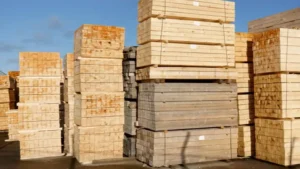
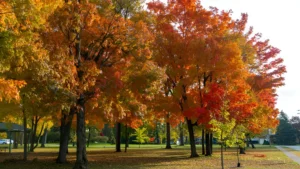

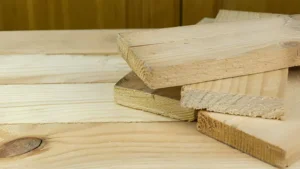
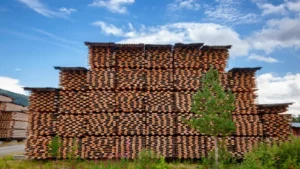
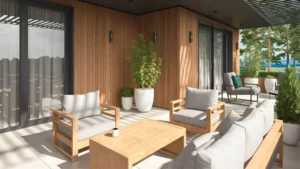
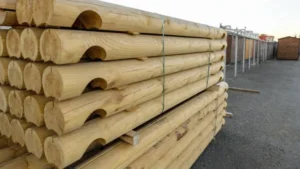
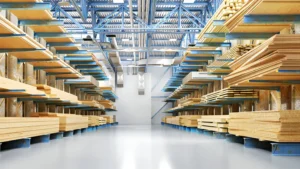
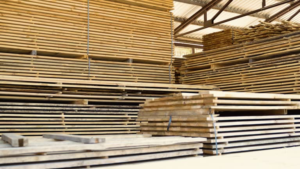
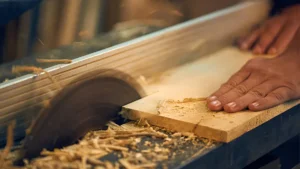
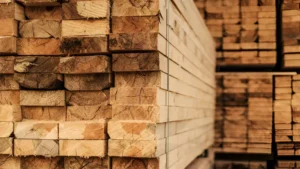
Leave your comment